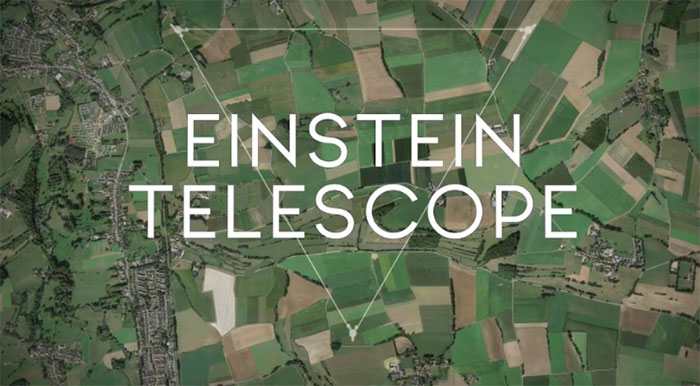Scientists plan to install the Einstein Telescope in the area between Liège (Belgium), Maastricht (Netherlands), and Aachen (Germany) to measure gravitational waves.
On March 18, scientists, industry experts, and politicians discussed an ambitious project: the construction of the Einstein Telescope, one of the key instruments of the 21st century, aimed at further understanding the origins of the universe.

The future Einstein Telescope is expected to be located in the area between Liège (Belgium), Maastricht (Netherlands), and Aachen (Germany) – (Photo: csl.uliege.be)
This device is valued at approximately 1.5 billion euros and may take about 15 years to construct.
Belgian, Dutch, and German scientists have discussed the installation of this telescope in the area between the landmarks of Liège (Belgium), Maastricht (Netherlands), and Aachen (Germany).
Experts acknowledge that the technological challenges for constructing the Einstein Telescope are significant. The goal is to design a highly accurate tool to measure gravitational waves. These are tiny variations, small distortions of space and time, that occur when massive objects attract each other, sometimes separated by billions of light-years.
To detect them, there must be no human-induced vibrations on the Earth’s surface, and drilling must reach a depth of 200 meters. Therefore, extensive geological studies are needed, as well as specific types of rock that can dampen ground vibrations but are not too hard to excavate.
Belgium meets these criteria but still needs to identify the most favorable location to position a triangular tunnel with each side measuring 10 km. Construction will take place at the Liège Space Center.
One of the essential components of the device is the ultra-fine silicon pendulum mirror. To improve its stability, similar to conditions in space, it must operate in a cryogenic environment at very low temperatures. This is the subject of an initial prototype, which is currently being developed in the Sart-Tilman area of Liège province.
This large-scale project involving Belgium, Germany, and the Netherlands will require the gathering of numerous resources, not only among scientists but also linking various large and small companies in the fields of advanced mechanics or optics.
The project is currently awaiting support from the European budget.


















































